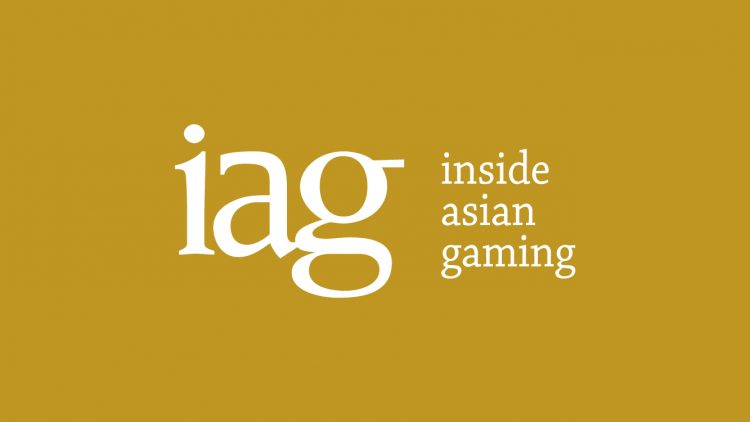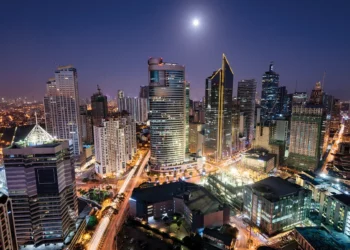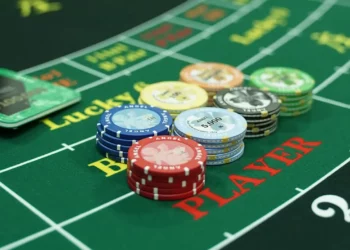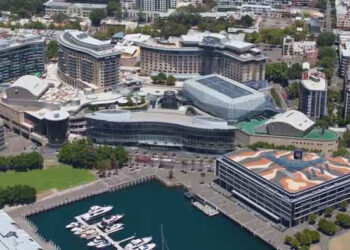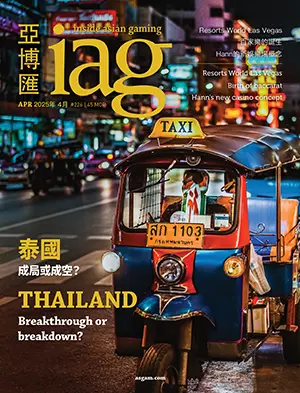The question of how big the gaming component of Singapore’s casino market is going to be annually in gross revenue terms gets a little easier to answer every week.
Genting Singapore, the operator of Resorts World Sentosa, said the property produced SD355 million total revenue (including non-gaming) in the stub first quarter (when it was operating for 46 of the 90 days). The property managed SD860 million in the second quarter, putting it on course for total revenues in the calendar year of around SD2.6 billion (USD1.94 billion).
Marina Bay Sands (MBS) has only a stub quarter to report so far, after opening on 27th April. But with net revenues for the period of USD216.4 million (SD289.5 million), company Chairman Sheldon Adelson is confident MBS can generate USD1 billion in annual EBITDAR.
Don’t hold your breath for any guidance from the Singapore government on the annual size of the total IR market, including gaming. Singapore officials normally show boundless enthusiasm for gathering, collating and publishing data of all kinds. Anyone who’s tried to get gaming equipment certified by the city-state’s Casino Regulatory Authority (CRA) will attest to that. This mania for putting data in the public domain is strangely lacking, however, when it comes to official announcements on casino gaming revenue.
The Singapore government obviously knows how the casino market is performing from month to month. The two operators have each to file a monthly casino tax return. In this return, the operator submits details of the gross gaming revenue and casino tax computed for premium and other players. The operator has to file and pay the casino tax by the 15th of the month following the month in which the play occurred. In Macau, the monthly revenue figures normally get leaked to the media, and the quarterly revenue figures are released as official publications by Macau’s regulator, the Gaming Inspection and Co-ordination Bureau.
Even leaving aside the remote possibility of Singapore’s monthly performance figures being leaked to the media by officials, any numbers from a source other than the casino operators would be nice. Singapore seems to have a policy of treating gaming revenue statistics and projections almost as gingerly as the US military treats disclosure of sexual orientation in its armed forces (i.e.,‘Don’t ask, don’t tell’).
Analysts of the Singapore casino duopoly depend, therefore, on a jigsaw based on their own projections plus quarterly trading figures from the two publicly traded operators. Singapore’s unwillingness to get involved in the nitty gritty of gaming revenue statistics is perhaps due to political considerations, given the sensitivity within the city-state of the casino liberalisation policy. It’s left to observers to pick up clues ahead of quarterly earnings releases from what non-commercial official data is available, such as visitor statistics from Singapore Tourism Board and tax revenue estimates. That’s probably why the lower and upper estimates for the market’s value have varied so widely.
Where Singapore does go into detail on income from casino gaming, it’s generally related to tax issues In its national budget estimates for the financial year 2010-11 (1st April 2010 to 31st March 2011), the Singapore government said it expected income from betting and sweepstake duties to increase 25.3% compared to 2009-10. That’s not the same as saying the casino duopoly itself will boost betting tax income by a quarter. Allowance must be made for the effects of the 46-day contribution to betting duty in the Singapore government’s financial year 2009-10 made by RWS after it opened on 14th February. Analysts must also factor in any likely year-on-year increase in sales by Singapore Tote’s 4-D lottery, horse racing and soccer betting.
The government clearly expects casino gaming to be a major economic stimulant, however. In 2009-10, betting and sweepstake duties actually fell 2.1% compared to 2008-09 (SD1.398 billion in FY09 against SD1.428 billion in FY08). As far as Asian Gaming Intelligence is aware, that wasn’t due to any reduction in rates of duty at that time, but rather the economic contraction following the global credit crisis of late 2008 and early 2009.
Even knowing that Singapore expects to raise SD1.752 billion from betting and sweepstake duties during FY2010 is only a rough guide to understanding the annual economic value of the gaming component of the casino market. As well as stripping out the tax paid by Tote Board from the figures, the duty paid by slot clubs also has to be deducted. That tax is computed by a complicated formula based on coins in the drop box, rather than a straight percentage off the top.
Let’s assume for a moment that gross revenue generated by Tote Board and the slot clubs (and therefore tax paid by them) were at standstill in FY2010. The difference between FY2009 tax revenue (when there were no casinos aside from 46 days of RWS operations) and FY2010 betting tax revenue estimates is SD354 million.
Now let’s also assume that play at the two Singapore resorts were all mass-market, with gaming tax levied at 15%. If SD354 million represented 15% of the gross, then 100% of that would mean a SD2.36 billion annual market.
But the gross in Singapore is calculated based on net win less Goods and Services Tax (GST) at 7%.
Restoring that GST component to the figures would add SD165 million annually, giving a total casino gaming market of about SD2.53 billion (USD1.89 billion).
At the upper end of the estimate scale, if all the play were VIP play, with gaming tax levied at 5%, then if SD354 million represented only 5% of the gross, then 100% of that would be a SD7.08 billion market. When GST is restored to that, it adds another SD495.6 million, giving a total casino gaming market of SD7.58 billion (USD5.67 billion)
In reality, Singapore VIP play will not be anywhere near the 65% plus of gross revenues it generates in Macau. One recent estimate suggested VIP play in Singapore might account for around 10% of business. That would put the annual value of the gaming component of the IR market at the lower end of the scale, but comfortably above USD2 billion.






